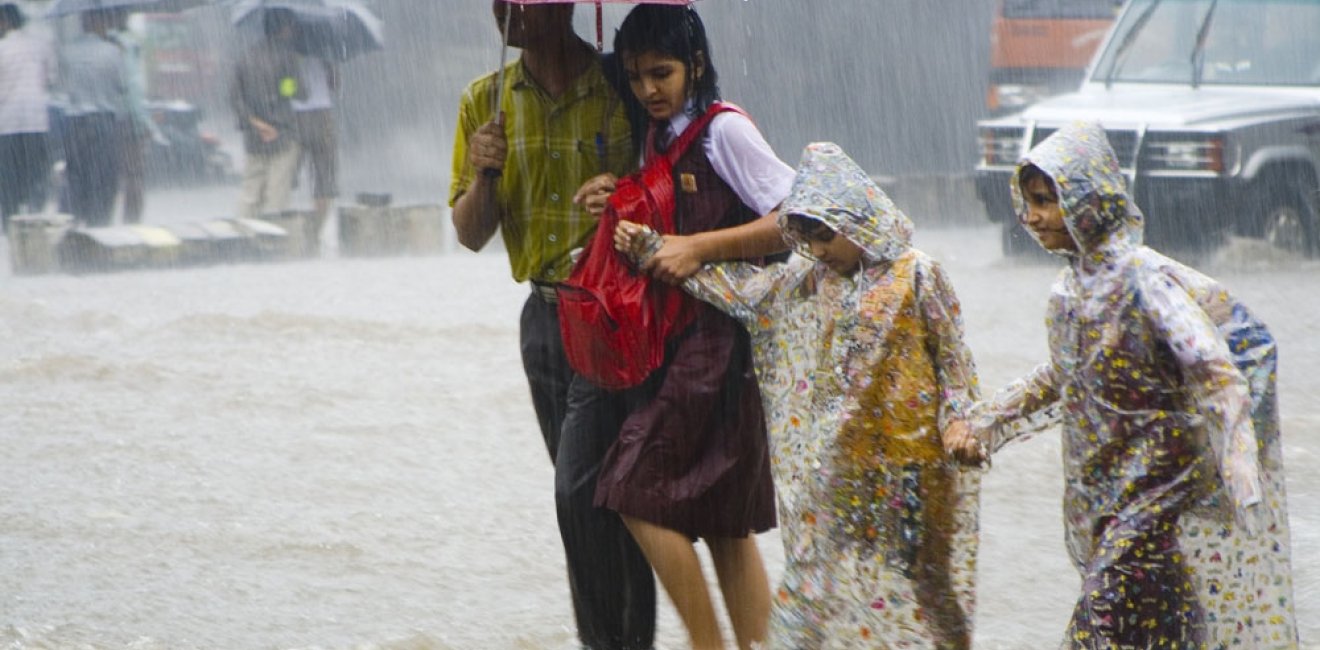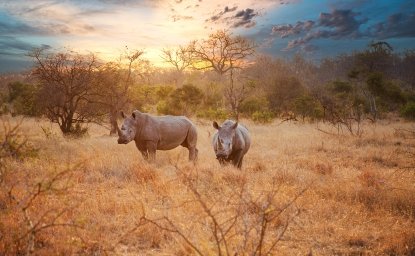
A blog of the Wilson Center

Rising temperatures in the Arctic are affecting variations in the monsoon season more than 5,000 miles away in India.
Data indicates that Arctic temperatures are rising 3-4 times faster than the global average, and that the changing climate there is linked to a wide range of conditions—from a shrinking ice cap to the thawing of surface areas that have been frozen for centuries. What hasn’t been as widely considered, however, is that these temperature trends are affecting weather patterns in far away regions.
As Jan-Gunnar Winther of the Arctic University of Norway puts it, research shows that “what happens in the Arctic does not stay in the Arctic.”
One reason that Arctic warming is getting continuously worse is the interconnected nature of the world’s physical environment, or the way in which systems that circulate in the oceans and the atmosphere affect each other. Increases in greenhouse gases and other anthropogenic activities cause stronger warming at high latitudes due to the ice-temperature feedback—a loop in which warming melts sea ice in the Arctic, exposing more Arctic Ocean to the sunlight, and in turn leads to more warming.
People understandably focus on rising sea levels linked to the Arctic’s rapid warming, since the correlation between melting of ice sheets and sea level is easily seen. But significant temperature changes can also cause extreme rainfall and heat waves. For example, recent studies have found ties between periods of declining Arctic sea ice and the frequency of monsoon-driven rainfall in India. These rains contribute roughly 70 percent to its annual precipitation, and are both a vital source of drinking water for more than a billion people and moisture for countless farm fields.
Rising Arctic temperatures have also been linked to weather events in China and Singapore, including severe sea level rise requiring infrastructure rebuilds and refits. Pakistan, like India, has experienced successive heatwaves, with temperatures as high as 120.2℉/49℃ in Jacobabad, Pakistan, this past May. One theory suggests that high temperatures in the Arctic may be causing the jet stream to slow, increasing the likelihood of heat domes.
The long and short of it all, as Jan-Gunnar Winther writes, is that what happens in the Arctic does not stay in the Arctic.
This blog was compiled with the assistance of Caroline Moody.
Author

Explore More in Stubborn Things
Browse Stubborn Things
Spying on Poachers

China and the Chocolate Factory

India: Economic Growth, Environmental Realities
